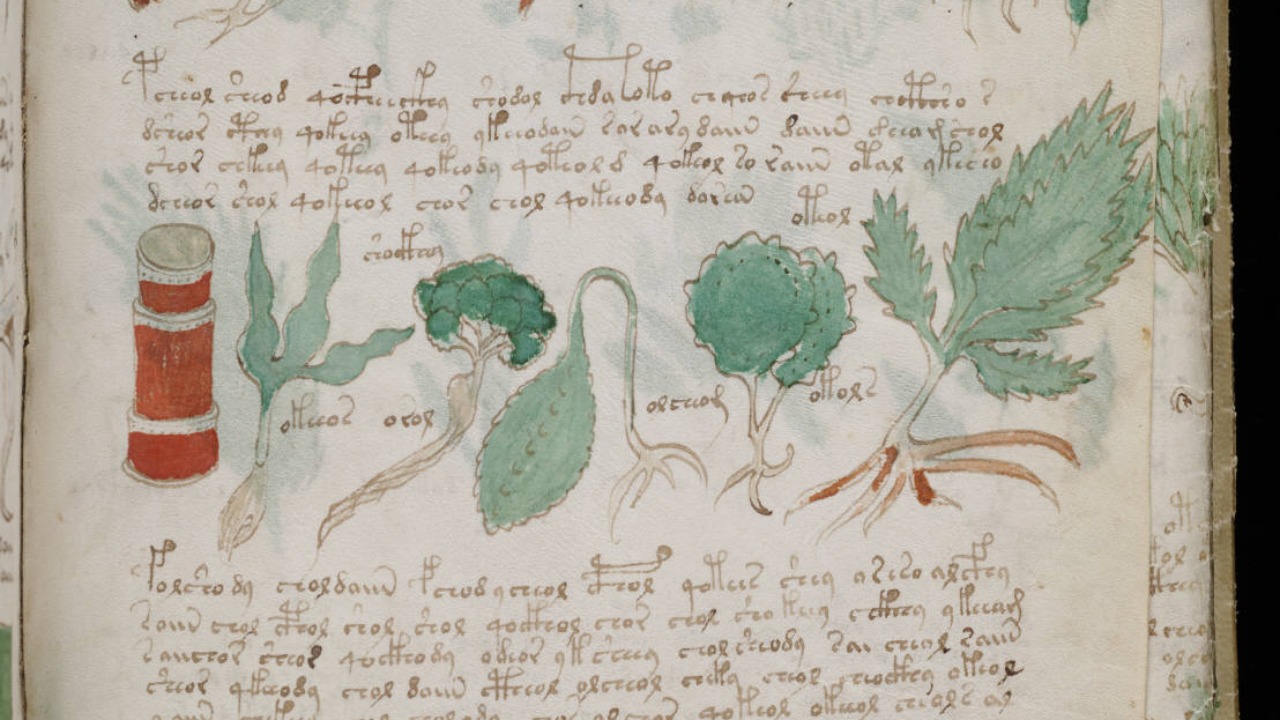
In a groundbreaking archaeological development, symbols found in 2,000-year-old murals at Teotihuacan, an ancient city near modern-day Mexico City, may represent the earliest known writing system from Mesoamerica. This potential decipherment could rewrite our understanding of pre-Aztec civilizations in the region and offer clues to why Teotihuacan, once home to 125,000 people, was mysteriously abandoned.
Teotihuacan’s Rise as a Ancient Powerhouse
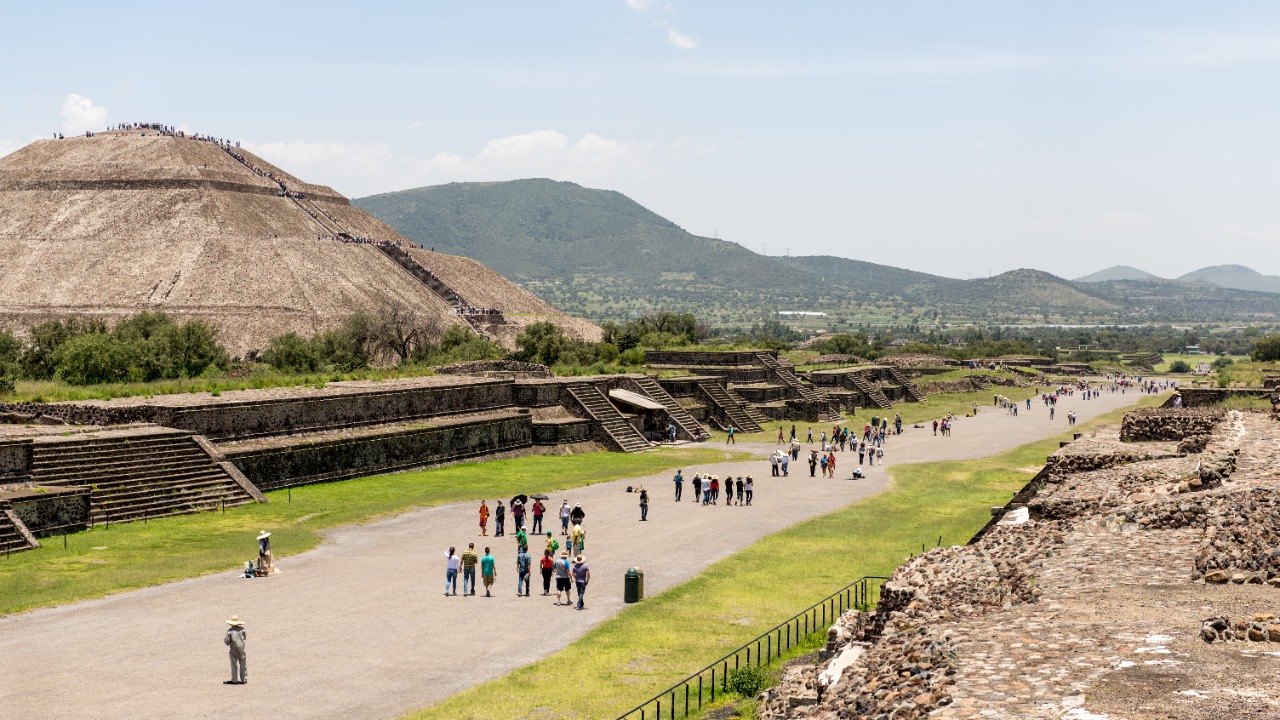
Teotihuacan’s construction began around 100 BC, with the Pyramid of the Sun and Pyramid of the Moon as central features. The city was built by an unknown ethnic group and housed up to 125,000 residents at its peak. Despite the mystery surrounding its founders, Teotihuacan became a major trade hub in Mesoamerica, exporting obsidian tools and importing goods from as far as the Maya region. The city was home to a diverse population, including Nahua, Otomi, and Totonac speakers, reflecting its cosmopolitan nature.
The city’s layout was a planned urban grid spanning 8 square miles, with apartment compounds for elites and commoners. This design underscores its role as a cosmopolitan center before the Aztecs named it “the place where the gods were born”. The city’s influence and grandeur are testament to its status as an ancient powerhouse.
Unearthing the Murals in Teotihuacan
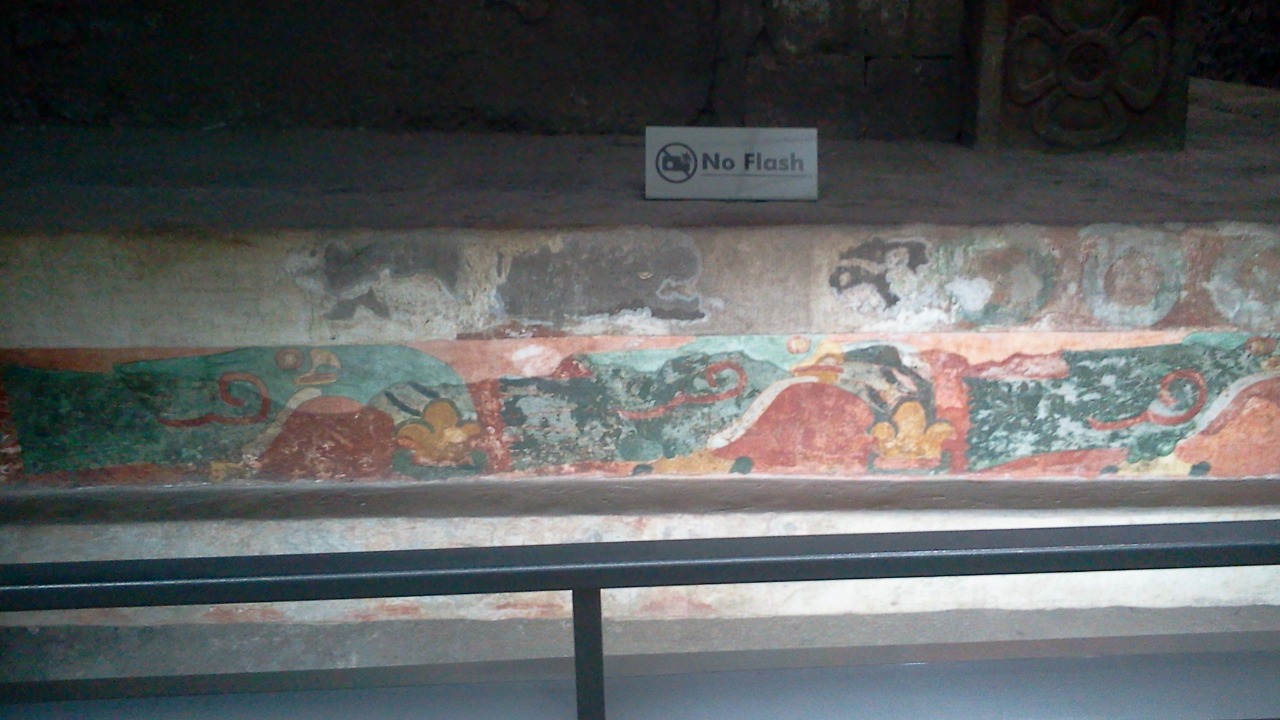
In 2023, an excavation in the Tepantitla neighborhood of the site revealed vibrant murals depicting mythological scenes. These murals contained over 500 unique glyphs, including animals, plants, and abstract symbols painted in red, blue, and yellow pigments. The murals were found in a residential complex used by priests or elites around 200 AD, featuring the “Great Goddess” figure central to Teotihuacan iconography, alongside ritualistic elements like flowing water and vegetation motifs.
Preserving these murals was a significant challenge, as they were buried under layers of volcanic ash from nearby eruptions. However, archaeologists from Mexico’s National Institute of Anthropology and History were able to reveal them intact after decades of painstaking work.
Identifying the Symbols as a Possible Writing System
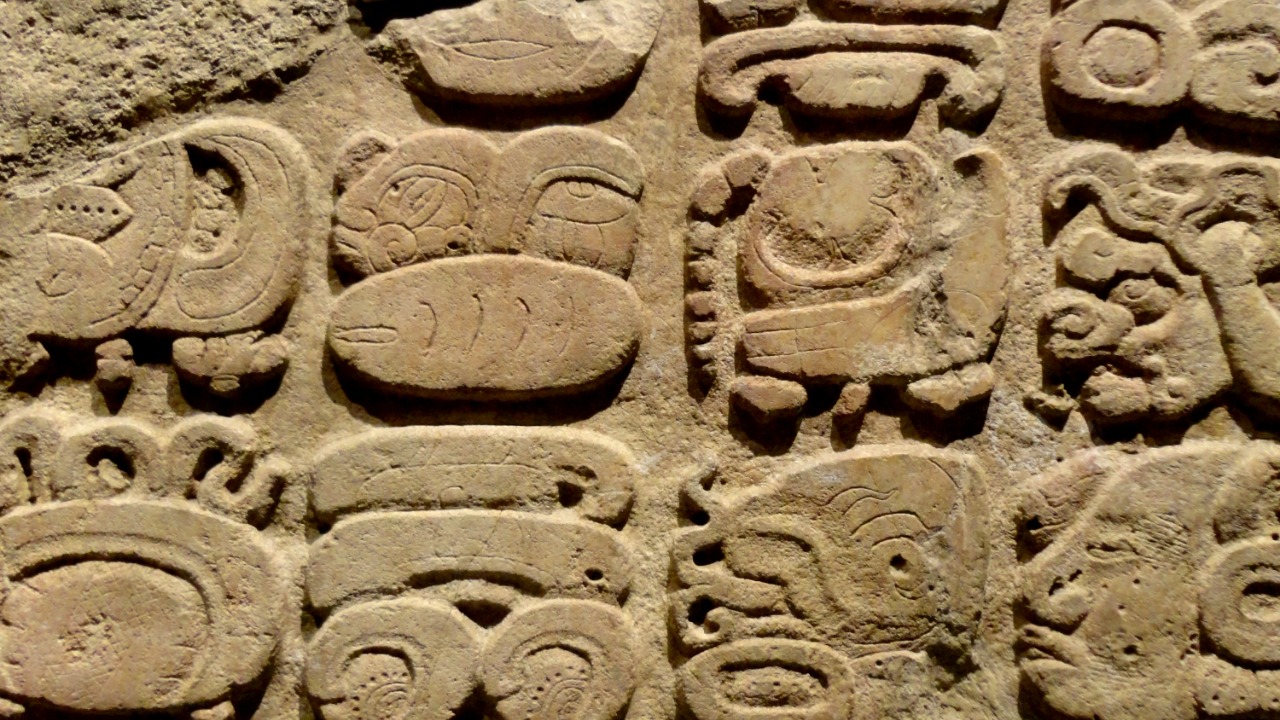
The glyphs’ repetition and positional patterns in the murals suggest they may form a writing system. Aligned sequences resembling syllabaries or logograms were found, distinct from known Mesoamerican scripts like Maya hieroglyphs. Specific examples include bird-headed figures combined with numeral-like marks, interpreted by researchers as potential names or dates, appearing in over 20 mural panels across the site.
Earlier finds of similar symbols on pottery and stone monuments from 150 AD suggest a consistent script used for administrative or religious purposes throughout the city’s existence. These discoveries hint at the possibility of a lost language waiting to be decoded.
Efforts to Decode the Lost Language

In 2024, linguist Elizabeth Brumfiel and archaeologist Sergio Gómez proposed that the symbols encode a proto-Nahua language. This hypothesis was based on comparative analysis with later Aztec codices. Experimental methods like AI pattern recognition were applied to digitized mural scans, identifying 150 core signs that may form phonetic values. Initial translations suggest references to deities and harvests, providing a glimpse into the cultural and religious life of the city’s inhabitants.
Collaborations with epigraphers from Harvard University have been instrumental in this research. The team cross-referenced the glyphs with bilingual artifacts, hypothesizing the script’s extinction after Teotihuacan’s decline around 550 AD.
Clues to Teotihuacan’s Enigmatic Decline
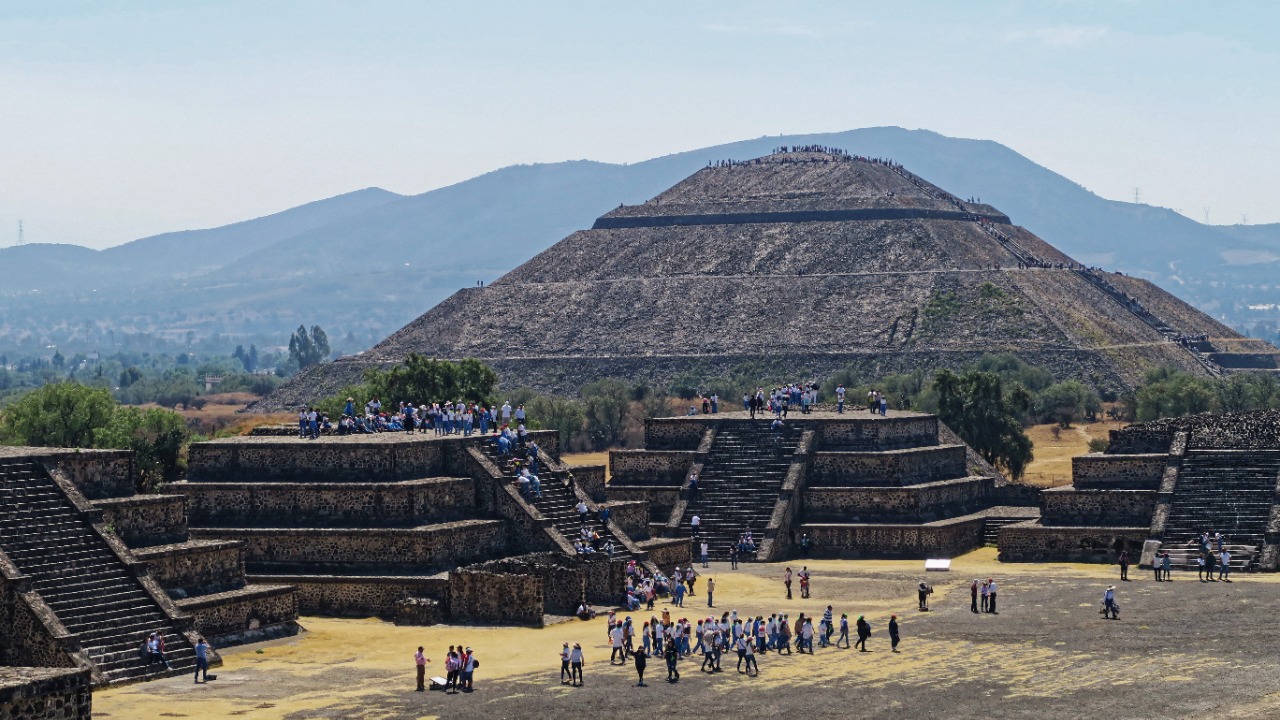
Decoded symbols in the murals might reference environmental stresses, such as drought indicators from 535–550 AD. This aligns with tree-ring data showing prolonged dry periods that strained the city’s water systems. Evidence of social unrest in the glyphs, including motifs of burning temples or fleeing figures, potentially documents internal conflicts or invasions by northern tribes around 550 AD.
Interestingly, the absence of mass graves or destruction layers suggests a gradual abandonment rather than a sudden catastrophe. Symbols possibly recording migration routes to nearby valleys indicate that the city’s inhabitants may have slowly dispersed over time.
Broader Implications for Mesoamerican History
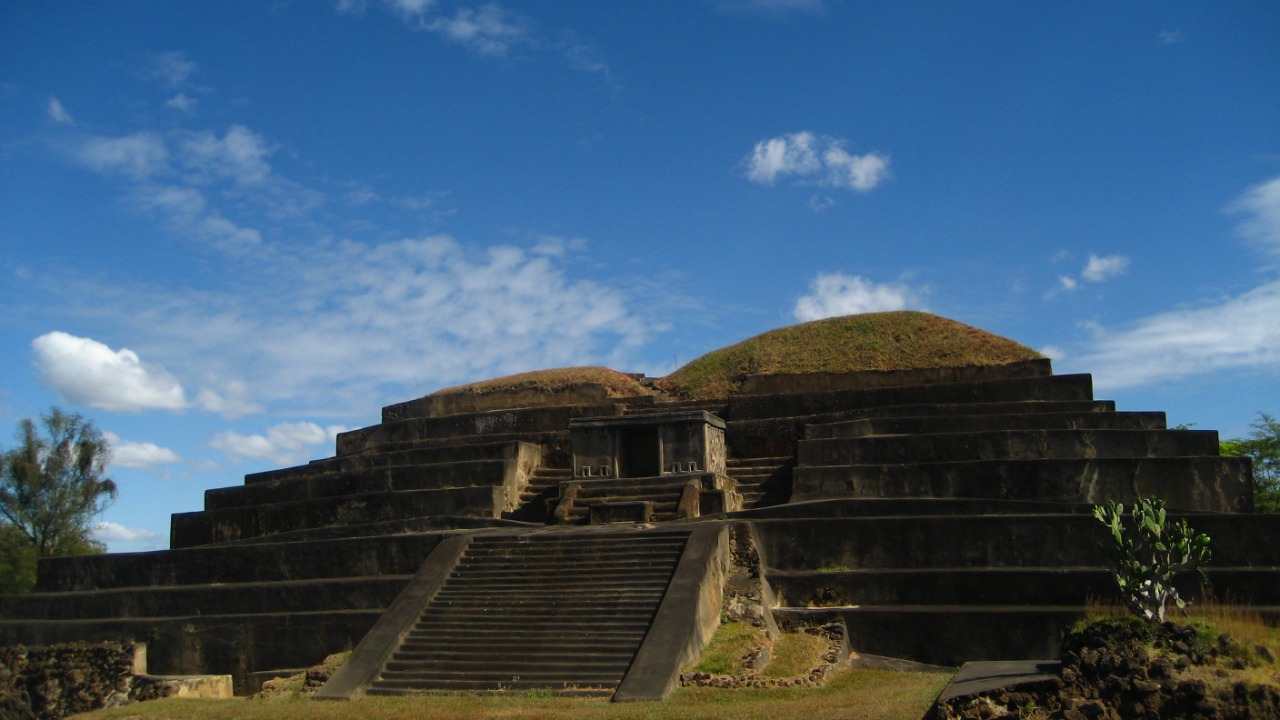
Confirming the script could elevate Teotihuacan’s status as a literate society predating the Maya by centuries. This challenges assumptions that writing emerged only in the Classic Period. Similar motifs appear in Toltec and Aztec art, implying cultural continuity and knowledge transmission post-abandonment.
However, ongoing debates among scholars persist. Some, like David Stuart, argue the symbols are purely iconic rather than linguistic, urging caution until more artifacts are decoded. This highlights the complexity and uncertainty surrounding the interpretation of ancient symbols.
Future Excavations and Research Directions

Plans for expanded digs at underexplored sites like the Ciudadela plaza could yield thousands more glyphs for cross-verification. Integrating genomic studies of remains to identify the ethnic groups behind the language could potentially match DNA to modern indigenous communities in central Mexico.
Publications in journals like Latin American Antiquity are anticipated by 2025, with international teams using 3D modeling to make the script accessible for global linguistic analysis. These future research directions promise to shed more light on the mysterious language of Teotihuacan and its enigmatic past.